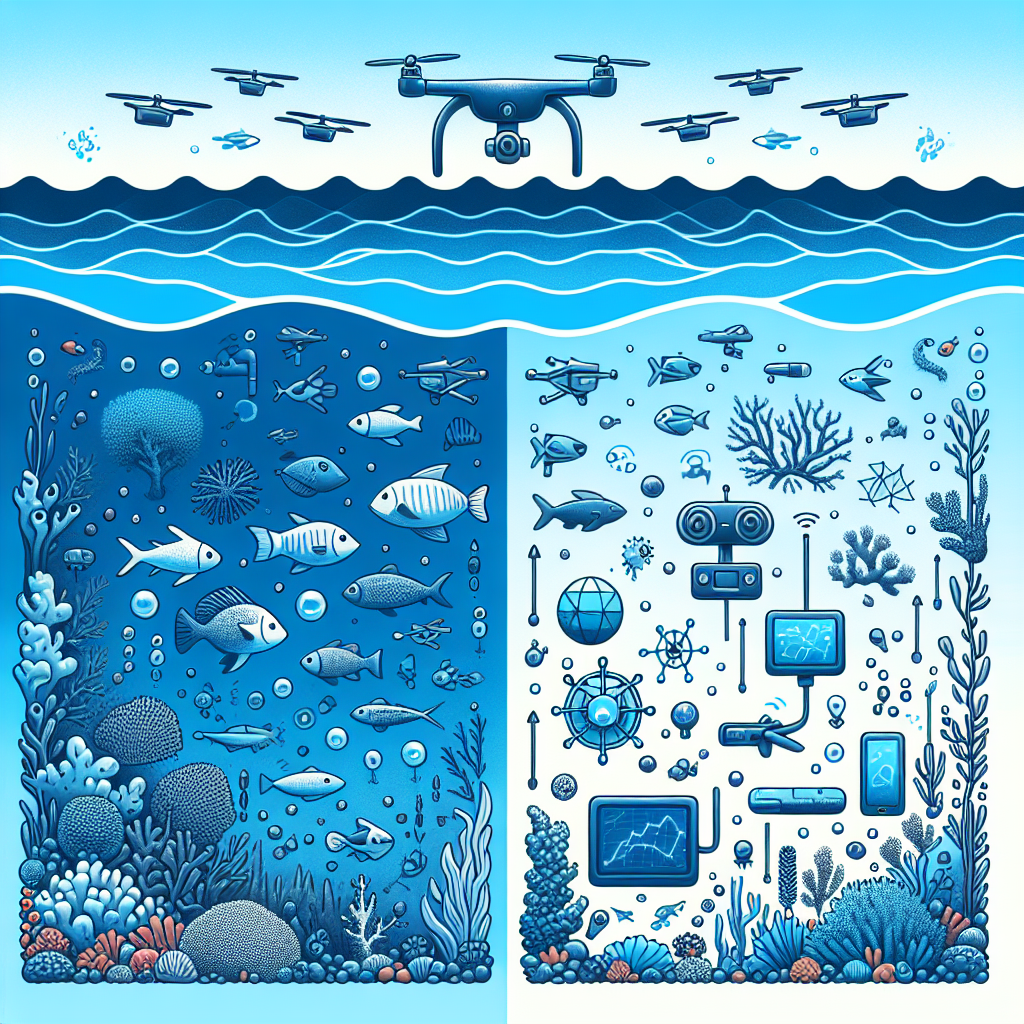
Tech and Ocean Conservation: Using Innovation to Protect Marine Ecosystems
When we think about ocean conservation, we often imagine marine biologists researching marine life, activists advocating for sustainable practices, and policymakers enacting regulations. However, in recent years, another player has emerged on the scene – technology. With the advancements in technology, innovative solutions are being developed to help protect and preserve our oceans.
One of the major challenges in ocean conservation is monitoring and collecting data on the health of marine ecosystems. Traditional methods can be slow, costly, and often invasive to marine life. This is where technology comes in. Remote sensing technologies, such as satellites and drones, are now being used to monitor and map marine habitats. These technologies allow scientists to collect data over large areas quickly and accurately, enabling them to identify areas that require immediate attention.
A key area of focus in ocean conservation is the protection of marine species. Technology is playing a crucial role in this aspect as well. For example, the use of artificial intelligence (AI) and machine learning algorithms has revolutionized the field of marine mammal detection. These algorithms can analyze underwater sound recordings and identify the calls of different marine mammal species. This helps researchers track and monitor the population size, distribution, and behavior of these species, providing valuable insights for conservation efforts.
Another innovative technology that is being used in ocean conservation is the development of underwater robots or autonomous underwater vehicles (AUVs). These robots can be equipped with various sensors and cameras to collect data in real-time. They can explore the depths of the oceans, capturing high-resolution images and videos of marine life and ecosystems. This data helps scientists gain a better understanding of the biodiversity and health of our oceans, allowing them to make informed decisions for conservation.
The power of technology is not limited to data collection and analysis; it also extends to fostering public awareness and engagement in ocean conservation. Virtual reality (VR) experiences, for instance, have the potential to transport individuals to the depths of the oceans, giving them a firsthand experience of the underwater world. This immersive technology can inspire people to become advocates for the oceans and drive positive change.
In conclusion, technology is transforming the field of ocean conservation. From remote sensing technologies to AI algorithms and underwater robots, innovation is revolutionizing the way we monitor marine ecosystems, protect marine species, and raise awareness about the importance of ocean conservation. By harnessing the power of technology, we can work towards a sustainable future where our oceans thrive for generations to come.
